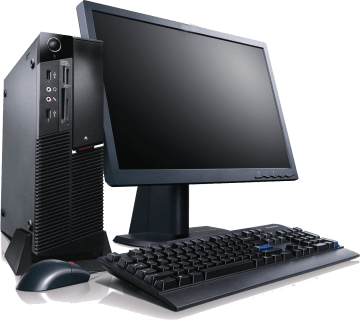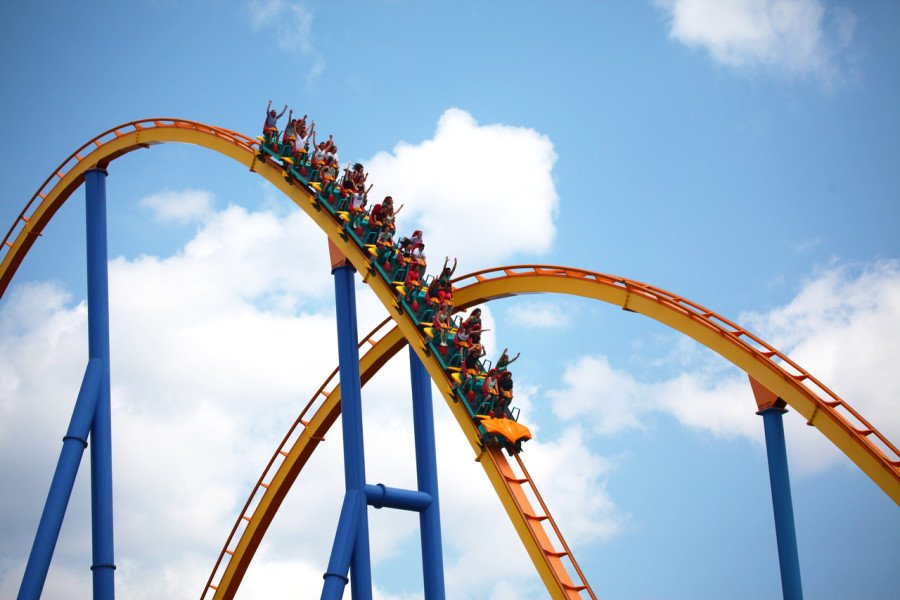Work and energy
Investigate the relationship between work and energy and explore how they relate to power and electricity.
- Grades 7, 9
- 2 activities
- 50 mins

Big idea
Electric current is the flow of electric charge.
Learning objectives
Students will be able to:
- Define work, energy and power, and describe the relationships between them
- Differentiate between kinetic and potential energy
- Identify factors that affect the conversion of kinetic to potential energy
- Explain that electricity is a form of energy
Activities

Work, energy, power
Explore the scientific definition of work and how it relates to power and energy.

A potential and kinetic energy challenge
What does a parked car have in common with a jack-in-the-box?
BC curriculum fit
Grade 9 Science
Content
- Voltage, current, and resistance
Curricular competencies
Questioning and predicting
- Demonstrate a sustained intellectual curiosity about a scientific topic or problem of personal interest
Processing and analyzing data and information
- Experience and interpret the local environment
- Seek and analyze patterns, trends, and connections in data, including describing relationships between variables and identifying inconsistencies
- Construct, analyze and interpret graphs, models and/or diagrams
Evaluating
- Evaluate their methods and experimental conditions, including identifying sources of error or uncertainty, confounding variables, and possible alternative explanations and conclusions
Applying and innovating
- Generate or introduce new or refined ideas when problem solving
Communicating
- Express and reflect on a variety of experiences, perspectives and worldviews of place
Grade 10 Science
Content
- Law of conservation of energy
- Potential and kinetic energy
- Transformation of energy
Curricular competencies
Questioning and predicting
- Demonstrate a sustained intellectual curiosity about a scientific topic or problem of personal interest
Processing and analyzing data and information
- Experience and interpret the local environment
- Use knowledge of scientific concepts to draw conclusions that are consistent with evidence
Applying and innovating
- Transfer and apply learning to new situations
Communicating
- Express and reflect on a variety of experiences, perspectives and worldviews of place
Assessments
Assess your students on their participation in classroom discussions, their collaboration with partners and in small groups. Also note their individual ability to build and test a water wheel, then describe how it demonstrates the relationship between potential and kinetic energy.
Background info
Your students have their own understanding of the words, “work,” “energy” and “power”. They are likely different than those used by scientists, engineers and other people familiar with the scientific definitions.
Work
Work is the transformation or conversion of energy and is measured in joules (J).
Energy
Energy is the ability or capacity to do work and is also measured in joules (J). There are many different forms of energy (heat, light, electric, elastic, etc.) but all energy is either potential or kinetic.
- Potential energy is stored energy that is available to do work. It can take forms such as chemical, mechanical, nuclear, gravitational and electrical. Examples include a mobile phone or car battery, a ball sitting on a table or a stretched rubber band.
- Kinetic energy is energy in motion that is actually doing work. It can take forms such as light, heat, motion and sound. Examples include a car in motion, a ball falling off a table or a rubber band flying across the room.
Power
Power is the rate at which energy is transformed or the rate at which work is done. Power (P) is measured in watts (W) or joules per second (J/s). Power can be calculated if you know the work (or energy) and time: Power = Energy / time (or P=E/t).
Electrical power
Electrical power is the amount of electrical energy that is changed into other forms of energy every second. A good example of this is a 100-watt light bulb, which changes 100 joules of electrical energy into light and heat every second.
Electrical power can also be calculated if you know the voltage and the current in a circuit. Voltage is represented by ‘V’ and current is ‘I’.
Power = Current x Voltage (or P= I x V)

